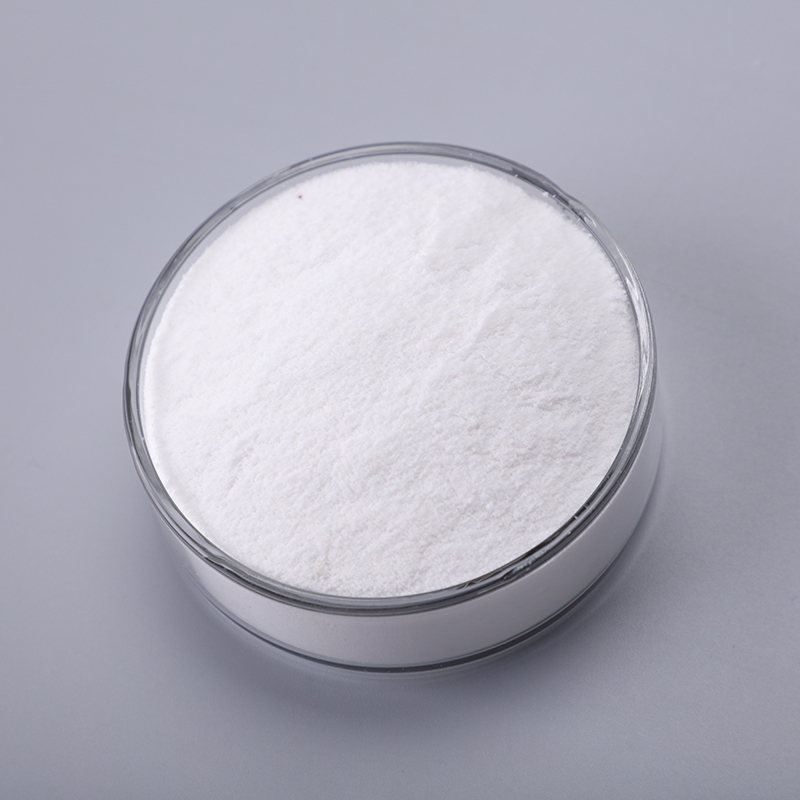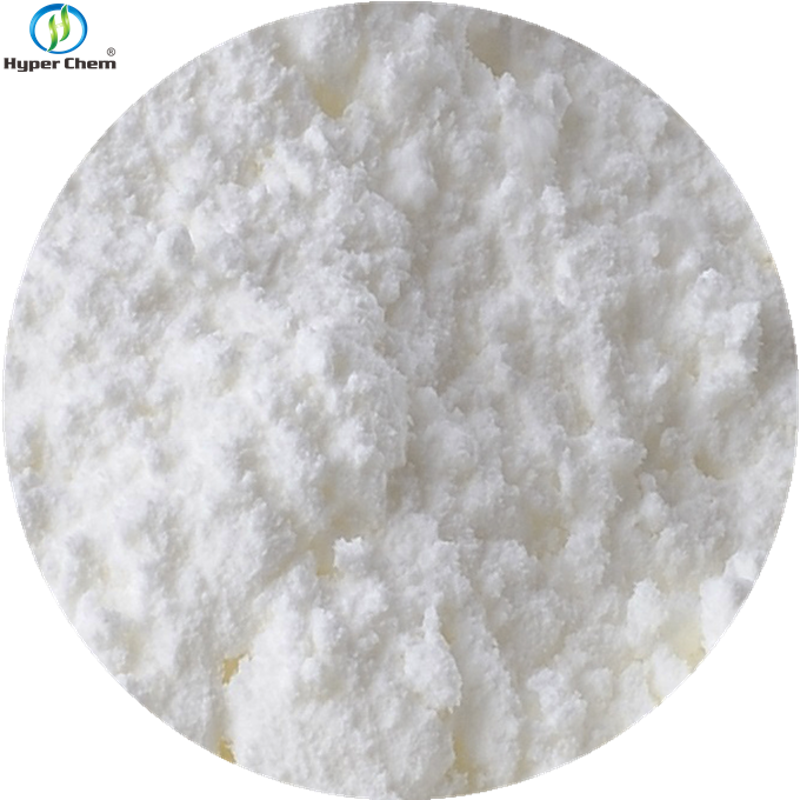-
Yuyue Medical responded to the question of the price increase of oximeter: the discount was canceled due to the increase in costs
Time of Update: 2023-02-03
Yuyue Medical responded that the company's production and operation are legal and compliant, and there is no price increase in oximeter products at present, and discounts and discounts have been canceled due to rising costs.
-
InnoCare will present the latest research data of Gunagratinib in the treatment of cholangiocarcinoma at the American Society of Clinical Oncology Gastrointestinal Cancer Symposium
Time of Update: 2023-02-03
Poster display : The highly selective irreversible FGFR inhibitor Gunagratinib in previously treated patients with locally advanced or metastatic FGFR gene abnormalities with cholangiocarcinoma: a phase IIa dose expansion study Summary code: 572 Sub-venue: Poster venue B: Pancreatic cancer, small bowel cancer and hepatobiliary cancer When: January 20, 12:00 PM - 1:30 PM US time : Professor Guo Ye ={"common":{"bdSnsKey":{},"bdText":"","bdMini":"1","bdMiniList":false,"bdPic":"","bdStyle":"0","bdSize":"32"},"share":{},"image":{"viewList":[" weixin","sqq","qzone","tsina","tqq","tsohu","tieba","renren","youdao","fx","ty","fbook","twi","copy","print"],"viewText":"share:","viewSize":"24"},"selectShare":{" bdContainerClass":null,"bdSelectMiniList":["weixin","sqq","qzone","tsina","tqq","tsohu","tieba","renren","youdao","fx","ty","fbook","twi","copy","print"]}}; with(document)0[(getElementsByTagName('head')[0]|| body).
-
InnoCare announces that Tafasitamab in combination with lenalidomide has been approved for the treatment of relapsed/refractory diffuse large B-cell lymphoma in Hong Kong, China
Time of Update: 2023-02-03
On December 28, 2022, InnoCare (SSE: 688428; Hong Kong Stock Exchange code: 09969) today announced that tafasitamab in combination with lenalidomide has been approved by the Hong Kong Department of Health for the treatment of adult patients with relapsed/refractory diffuse large B-cell lymphoma (DLBCL) who are not eligible for autologous stem cell transplantation.
-
CanSino disclosed the results of a recent sequential strengthening clinical study of the new crown mRNA epidemic
Time of Update: 2023-02-03
js?cdnversion='+~(-new Date()/36e5)];The novel coronavirus mRNA epidemic seedling CS-2034 (hereinafter referred to as "CS-2034"), jointly developed by CanSino Biologics Co.
js?cdnversion='+~(-new Date()/36e5)];The novel coronavirus mRNA epidemic seedling CS-2034 (hereinafter referred to as "CS-2034"), jointly developed by CanSino Biologics Co.
-
Kangzhi Pharmaceutical responded to the problem of montmorillonite bulk production capacity: overtime production to ensure supply
Time of Update: 2023-02-03
Kangzhi Pharmaceutical responded to investors on the interactive platform on the 3rd that the company has produced and sold montmorillonite, and the product has passed the consistency evaluation of the quality and efficacy of generic drugs in early 2021.
-
Alphyn Biologics reports positive results from the first cohort of a Phase 2a trial for the treatment of mild to moderate atopic dermatitis
Time of Update: 2023-02-03
js?cdnversion='+~(-new Date()/36e5)];Alphyn Biologics, a clinical-stage dermatology company that develops the first multi-target therapeutic, announced January 5 positive results in its Phase 2a clinical trial for the treatment of mild to moderate atopic dermatitis (AD) topical AB-101a.
-
Oculis completed Phase 1 patient recruitment for Phase 3 clinical DIAMOND
Time of Update: 2023-02-03
Boyer, MD, Clinical Professor of Ophthalmology at the Keck School of Medicine of Southern California and principal investigator of the DIAMOND clinical trial, said: "The way topical drugs are treated will bring important advantages, including early intervention and treatment accessibility, convenience, and non-invasiveness.
-
Renfu Pharmaceutical became powerful, grabbing Hengrui's exclusive injection that soared 137%.
Time of Update: 2023-02-03
Figure 3: Clinical trial of esketamine hydrochloride injection of Yichang Renfu PharmaceuticalSource: Minainet new version of the database Yichang Renfu Pharmaceutical submitted a Class 3 generic marketing application for esketamine hydrochloride injection for the first time in 2020, and was finally approved for clinical trials, and its confirmatory clinical trial was completed in June this year, and the marketing application is now submitted again, which shows that the company attaches great importance to this product.
-
The first patient enrolled in the clinical trial of the innovative drug MDM2-p53 antagonist for the treatment of DDLPS in China
Time of Update: 2023-02-03
On January 5, 2023, Boehringer Ingelheim announced that its innovative drug MDM2-p53 antagonist BI 907828 for the first-line treatment of dedifferentiated liposarcoma (DDLPS) Phase II. /III. clinical
-
Double-blind treatment period completed The first phase 3 clinical trial of parathyroid hormone replacement therapy in China will be analyzed as the primary endpoint
Time of Update: 2023-02-02
VISEN Pharmaceuticals, an innovative biopharmaceutical company focused on endocrine-related therapeutics, announced on January 6 that its Phase 3 clinical trial (PaTHway China trial), an innovative drug in research, has completed a double-blind treatment period on January 4, 2023, and will soon undergo primary endpoint analysis 。 Paroperteitriparatide is administered once daily to restore 24-hour physiological levels of parathyroid hormone (PTH [1-34]) in adult patients with hypoparathyroidism (hypoparathyroidism, HP).













![9-[1,1'-biphenyl]-4-yl-3,3'-Bi-9H-carbazole](https://file.echemi.com/fileManage/upload/category/ac71ac0d-8ef6-11ec-89e5-fa163ed06441.png)















![(1R,3S,4S)-3-[6-(4,4,5,5-TETRAMETHYL-1,3,2-DIOXABOROLAN-2-YL)-1H-BENZIMIDAZOL-2-YL]-2-AZABICYCLO[2.2.1]HEPTANE-2-CARBOXYLIC ACID 1,1-DIMETHYLETHYL ESTER](https://file.echemi.com/fileManage/upload/canonicalSmiles/20220812/27c2440409ed4989b9718c392ca4325a.png)












